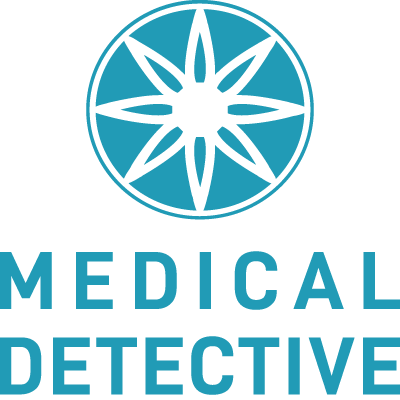Hormone Synthesis, My Recovery and How You Benefit
Cholesterol metabolizes to pregnenolone, then to progesterone that progresses to androstenedione, which metabolizes to testosterone and goes to estrogen.
With this basic knowledge of how hormones are made in the body, I decided to measure mine in a salivary test, which I learned is more accurate than a blood test. I had the testosterone level of a 90-year-old man and the estrogen level of a 21-year-old female! No wonder I liked purses, shoes, and shopping at Victoria’s Secret and cried during movies; I had the hormones of a woman. Men should have 50 times more testosterone than estrogen!
Now I asked the obvious questions: “Why? And how do you convert testosterone to estrogen?” I found there is an enzyme called aromatase that converts male to female hormones. If everything is functioning normally, there is a normal ratio of male to female hormones or testosterone to estrogen. It was obvious mine wasn’t functioning properly.
I also started to research the question, “Why is that enzyme overacting and converting my testosterone to estrogen?” I learned that aging; lack of zinc and vitamin C; excess leptin, a fat cell hormone; low thyroid; excess insulin and testosterone; inflammation; and abnormal cortisol increased the aromatase enzyme.
Next, I had to study nutritional biochemistry, thyroid, insulin, cortisol, inflammation and leptin metabolism to determine my values. This is complex biochemistry and most physicians won’t take the time to do this level of research.
Upon the correction of all the factors contributing to conversion of testosterone to estrogen, I lost 40 pounds and all my symptoms resolved in three months.
This was a life-changing experience for me and my patients. It changed the way I practice medicine. I became more empathetic, a better listener and a more extensive researcher as I continued to study at least six to ten hours a day.
Looking back, I’m glad this happened to me. It made me realize that my patient evaluation in the past was completely inadequate. What happened to me made me a better physician all around.
In the past, I could only resolve symptoms with a prescription medication or surgical procedure. I now resolve them by first asking what is causing my patients’ symptoms. Once I determine the root cause of the problem through extensive testing and counseling, action can be taken through lifestyle changes, nutritional supplementation and the appropriate medication, if indicated.
There are millions of reactions that occur in our body every second and many factors affect those reactions, including thoughts, diet, sleep pattern, stress, exercise, environment, genetics, and medication. When all those reactions are functioning properly, we experience overall wellness and a sense of wellbeing. When those reactions become abnormal or dysfunctional, as in my case, symptoms leading to disability, disease, premature aging or premature death will develop. You want to determine the root cause of the problem, not mask the symptoms with a medication!




